Have you ever wondered what sets a bushcraft axe apart from your everyday garden variety axe? These rugged tools are not just about chopping wood; they're about survival, craftsmanship, and the art of living in the wild. Bushcraft axes are designed to help you build shelters, process firewood, carve wood, and even hunt and prepare food in the wilderness. Their versatility and durability make them indispensable companions for any outdoor enthusiast. Let's delve into what makes a bushcraft axe a must-have in your outdoor gear.
Key Takeaways:
- A bushcraft axe is a versatile tool designed for various outdoor tasks, from chopping wood to crafting and survival.
- Key features of a bushcraft axe include a sharp edge, a durable handle, and a balanced head weight for effective use.
- Choosing the right bushcraft axe depends on personal preference, intended use, and the physical attributes of the axe.
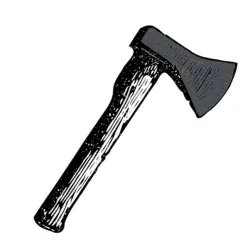
Understanding the Bushcraft Axe
A bushcraft axe, a.k.a. bushcraft hatchet, is revered as a quintessential tool in the wilderness, serving multiple purposes beyond just chopping wood. This tool is crafted to perform efficiently in outdoor environments, whether it's for building shelter, processing wood, or even crafting finer details. The design of a bushcraft axe focuses on durability and functionality, making it an indispensable companion in the wild.
The anatomy of a bushcraft axe includes several critical components: the axe head, handle, and sometimes a protective leather sheath. The axe head is typically made from high carbon steel, known for its sharpness and durability. The handle may vary in material, from traditional hickory to modern composites, each offering different benefits in terms of grip and swing dynamics.
The Role of the Axe Head
The heart of the bushcraft axe is its head, which is designed to deliver powerful chops and cuts. The weight of the axe head plays a crucial role in its efficiency; a heavier head can split wood easier but may cause fatigue over extended use. Conversely, a lighter axe head offers more control and is ideal for finer work such as carving and making stakes.
The edge of the axe head is another vital aspect. A sharp edge ensures clean cuts and reduces the effort needed to chop through wood. Many bushcraft axes feature a convex grind on the blade, which offers a good balance between sharpness and edge durability, suitable for both chopping firewood and performing more delicate tasks.
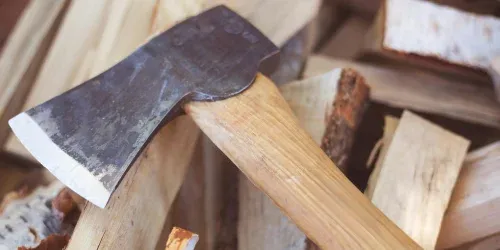
Handle Design and Material
The handle of a bushcraft axe is not just a sticking point; it's where the magic happens. The length and shape of the handle can significantly affect the axe's overall performance. A longer handle allows for greater swing power, ideal for splitting larger pieces of wood, while a shorter handle provides more control for tasks like carving and crafting.
Material-wise, hickory is a popular choice for bushcraft axe handles due to its resilience and shock absorption. Some modern axes feature composite materials, which are lighter and weather-resistant, adding a contemporary twist to the traditional bushcraft tool.
The Significance of Maintenance in Bushcraft Axes
Maintaining your bushcraft axe is as crucial as choosing the right one. Regular care ensures the axe performs optimally and extends its lifespan. One of the first steps in axe maintenance is to regularly sharpen the cutting edge to ensure it remains effective for chopping firewood or processing wood. A sharp axe is a safe axe. Keeping the cutting edge of your bushcraft axe sharp is crucial not only for efficiency but also for safety. A dull axe can slip or require more force to cut, increasing the risk of accidents.
Using tools like a sharpening stone or a file can keep the edge keen and ready for heavy use. Additionally, treating the handle with protective oils like linseed oil can prevent it from drying out and cracking, which is especially important for wooden handles like those made from hickory.
Furthermore, storing your bushcraft axe properly when not in use is vital to prevent rust and damage. A leather sheath or a protective cover is recommended to shield the sharp edge and prevent accidents. It’s also wise to keep the axe in a dry environment to avoid moisture buildup, which can lead to rust on high carbon steel heads. Regular checks for signs of wear or damage, especially after heavy work or exposure to harsh conditions, will help catch issues early and allow for timely repairs or adjustments.
Weight and Balance: Key Considerations
Balancing the weight of a bushcraft axe is essential for effective use. An axe that is too heavy may be powerful but can lead to quick exhaustion, while a too-light axe might not perform well in heavy chopping tasks. The ideal bushcraft axe strikes a balance, offering enough weight to chop wood efficiently without causing undue fatigue.
Personal preference plays a significant role in choosing the right axe weight. What feels right in one person's hands might feel cumbersome to another. Testing different axes can help determine the best fit for your needs and strength level.
Choosing the Right Axe for Your Needs
Selecting the best bushcraft axe involves considering several factors, including the tasks you plan to use it for, the environment, and your physical capabilities. For general use, a medium-sized axe with a balanced head weight and comfortable handle length is often a good choice. For more specialized tasks, such as detailed carving or long-duration chopping, specific axe types like a compact hatchet or a larger splitting axe might be more appropriate.
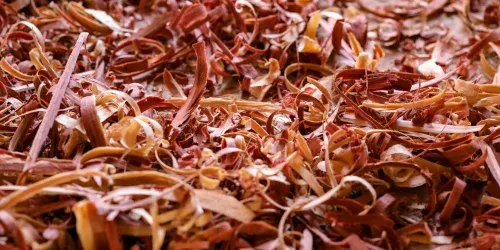
How to Choose the Best Bushcraft Axe for Finer Work
When selecting the best bushcraft axe for tasks like carving or making stakes, the devil is in the details. A lighter axe with a sharp edge and a compact hatchet design is often preferred for its precision and ease of handling. These axes typically feature a straight handle or a slightly curved handle, which allows for better control and accuracy in finer work. The blade's cutting edge should be razor-sharp and possibly feature a convex grind, which is ideal for detailed tasks without sacrificing the blade's durability.
Moreover, the overall length and weight of the axe play a crucial role. A shorter handle length paired with a lighter head weight makes the axe nimble and easy to maneuver in tight spaces or when precision is paramount. High carbon steel is a popular choice for these types of axes as it holds a sharp edge longer, making it ideal for continuous detailed work. Personal preference also comes into play; some may opt for a hickory handle for its shock-absorbing properties, while others might prefer a composite handle for its durability and weather resistance.
Durability and Maintenance
The longevity of a bushcraft axe greatly depends on its build quality and how well it is maintained. High carbon steel blades, for instance, offer excellent durability but require regular care to prevent rust. The handle, whether wood or composite, should also be checked periodically for signs of wear or damage.
Proper storage is part of good axe maintenance. Storing your bushcraft axe in a dry place and using a leather sheath to protect the blade can help extend its life. Regular checks and maintenance ensure that the axe remains reliable and ready for any outdoor challenge.
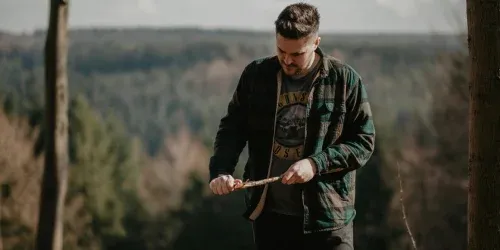
Summary
A bushcraft axe is more than just a tool; it's a survival companion that can handle everything from chopping wood to crafting tools. Understanding the components and characteristics of a good bushcraft axe—such as the axe head, handle, weight, and balance—can help you choose the right one for your adventures. Regular maintenance and proper use are key to maximizing the effectiveness and lifespan of this essential outdoor gear.
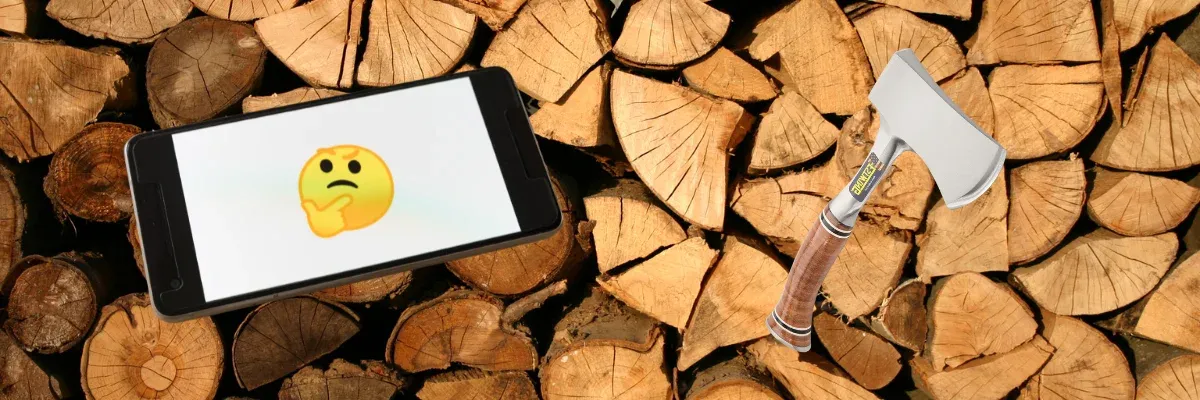
FAQs
How often should I sharpen my bushcraft axe?
Sharpen your axe depending on usage frequency. Regular users should sharpen it after every few outings, while occasional users might do so once or twice a year.
What is the best handle length for a bushcraft axe?
The ideal handle length depends on your height and the tasks at hand. Generally, a handle length of about 20 to 26 inches is versatile for various bushcraft tasks.
Can I use a bushcraft axe for hunting?
While not designed for hunting, a bushcraft axe can be used for processing game in the wild, such as cutting through bones or clearing a path in the woods.
Should I use a heavier axe for splitting wood?
Using a heavier axe for splitting wood can be advantageous, as it can generate more force and make splitting easier, especially with tougher or larger pieces of wood. However, the right choice depends on your strength, technique, and the type of wood you're splitting. Experimenting with different axes can help you find what works best for you.
Related articles:











